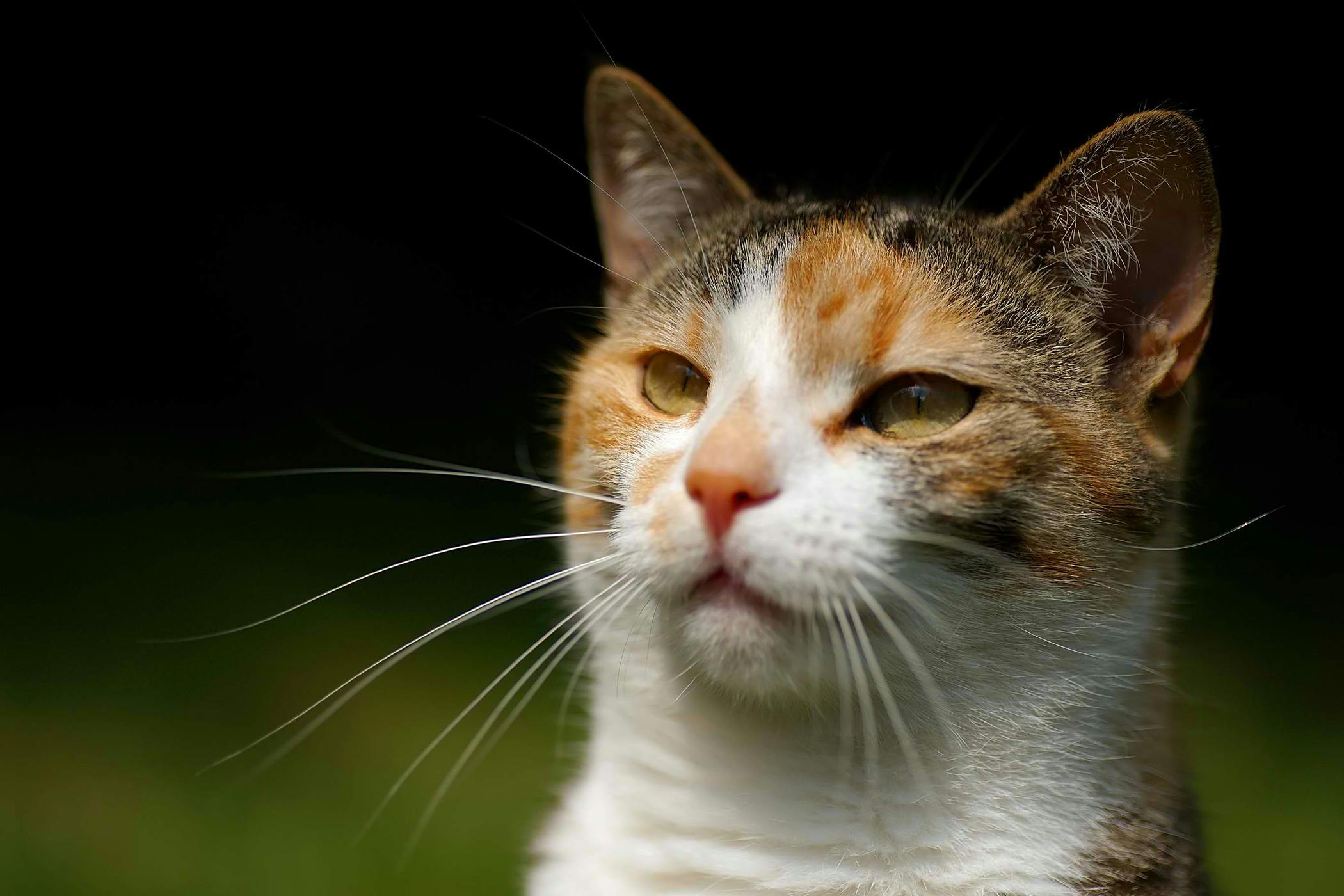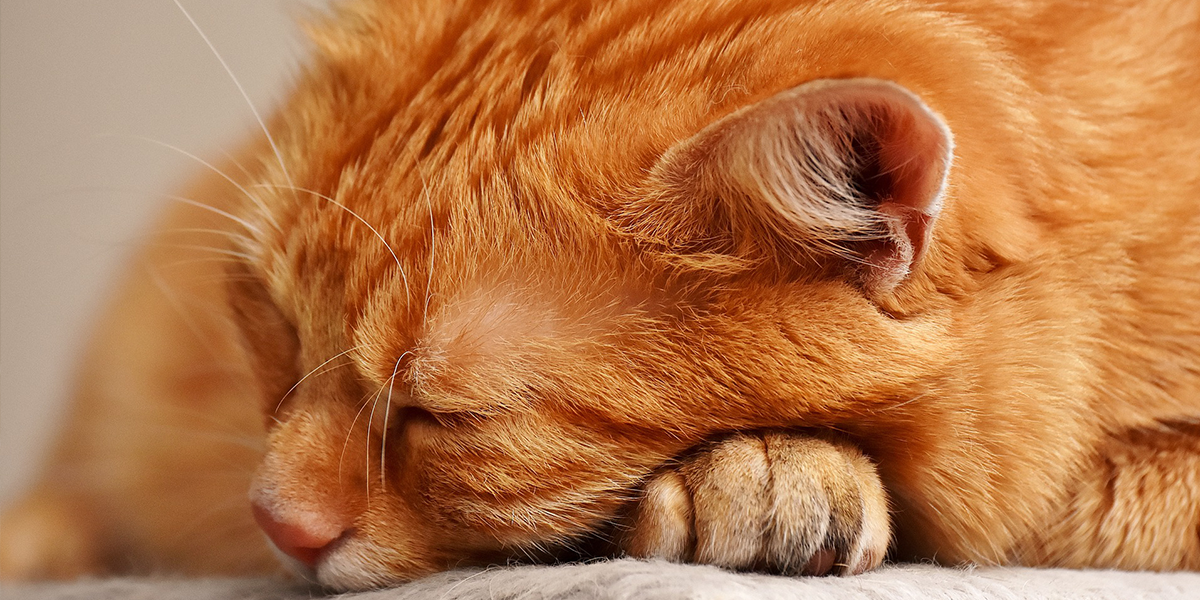
Cats are more susceptible to Heinz body formation than other species and cats without anemia can have a small number of Heinz bodies. Bacilliformis causes a hemolytic anemia in which nearly 100 of RBCs are infected9 Although this organism does not infect cats a case of human hemolytic anemia caused by Bartonella henselae has been documented10 Studies have also demonstrated the intraerythrocytic location of B.

Henselae in naturally-infected cats using electron microscopy making this organism a.
What causes acute anemia in cats. The main causes of bone marrow suppression in cats include. Any severe or chronic disease such as chronic kidney or liver disease very poor nutrition or nutritional imbalances. Feline leukemia virus FeLV feline immunodeficiency virus FIV chemicals or toxins.
Cancer Do cats get iron deficiency anemia. Starvation causes anemia by a combination of vitamin and mineral deficiencies as well as inadequate protein carbohydrate and fat intake. The deficiencies most likely to cause anemia are iron copper vitamin B 12 vitamin B 6 riboflavin niacin and vitamin E.
Iron deficiency occurs in some cats but it is more likely to occur due to blood loss than a nutritional deficiency. Regenerative anemia is caused by acute or sudden blood loss due to an injury parasites infection or a serious illness such as cancer. This form of anemia typically occurs in younger cats.
Regenerative type of anemia occurs when a cat loses suddenly lots of blood like an injury. It also happens when a cat suffers from parasitic or flea infestation infection or cancer. On the other hand non-regenerative type of anemia takes place because of a chronic illness such as kidney disease.
This type of anemia is more dangerous because it is difficult to spot and the red cells are hard to replace. In addition to these causes there are some infectious agents that can cause a cat to suffer from anemia. The parasite Mycoplasma Haemophilus is transmitted in cats by fleas ticks or by the bite of other cats.
Without proper treatment up to 30 of those infected pets may die. Causes of Anaemia in Cats 1 Causes of Regenerative Anaemia In regenerative anaemias there is an increased loss of red cells from the circulation caused by either haemorrhage or haemolysis. A Haemorrhage In the immediate aftermath of an episode of haemorrhage the PCV will be normal due to loss of whole blood anaemia occurs when circulatory volume recovers and red cell numbers remain.
However two of the most common causes of anemia from blood loss in cats are due to flea andor tick infestations and hookworm infections. Is Anemia in Cats Dangerous. Fleas and ticks drink animals blood to live and reproduce.
There are many causes of anemia including excessive blood loss due to trauma immune-mediated diseases when the body attacks its own cells or organs cancer genetic defects disease of the kidneys and other major organs infectious diseases and bone marrow disease. Heinz body formation indicates oxidative injury to the RBCs secondary to toxin exposure see Table. Toxic Causes of Anemia.
Cats are more susceptible to Heinz body formation than other species and cats without anemia can have a small number of Heinz bodies. The presence of schistocytes or spherocytes may also help identify the pathophysiology associated with the cause of anemia eg. With nonregenerative anemia the bone marrow responds inadequately to the increased need for RBCs.
Anemia caused by hemorrhage or hemolysis is typically regenerative. Anemia caused by decreased erythropoietin or an abnormality in the bone marrow is nonregenerative. In humans B.
Bacilliformis causes a hemolytic anemia in which nearly 100 of RBCs are infected9 Although this organism does not infect cats a case of human hemolytic anemia caused by Bartonella henselae has been documented10 Studies have also demonstrated the intraerythrocytic location of B. Henselae in naturally-infected cats using electron microscopy making this organism a. The most common cause of hemolytic anemia in cats has long thought to be secondary to infectious diseases neoplasia and toxins.
While these infectious and non-infectious diseases should be considered in cats presenting with hemolytic anemia primary hemolytic anemia may be more common in these cats than historically thought. Causes of Anemia in Cats Anemia in adult cats can have a variety of causes. Decreased red blood cells in the body can be caused by your cats body not producing red blood cells the destruction of red blood cells or blood loss.
Some causes have an acute or sudden onset while others have a. The cat is exposed to a bacteria or virus that can cause anemia. Bacteria like Hemobartonella can cause anemia as can viruses like Feline Leukemia Virus FeLV and Feline Immunodeficiency Virus FIV.
Parasites like cytauxzoon and. What causes anemia in cats. The most common causes for anemia in cats include.
Parasitic infection such as gastrointestinal parasites fleas and ticks etc Kidney failure and the lack of the kidneys producing the hormone erythropoietin which normally stimulates RBC production from the bone marrow Chronic long-term illness.